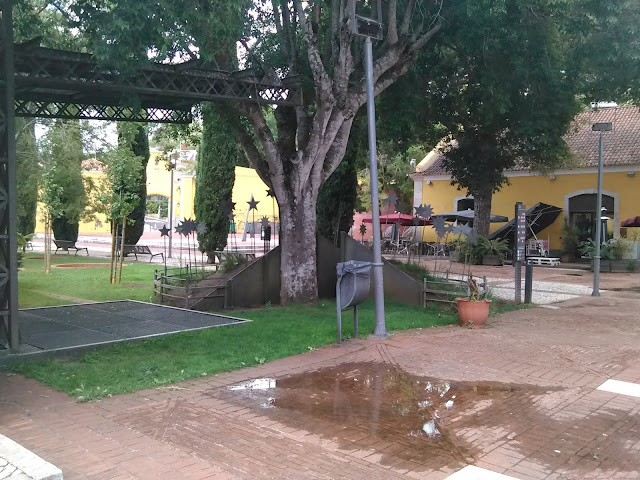We want to say thanks to Antonio Faustino Carvalho and Joao Cardoso because it was due to their good dispositions that we were able to study the sites of Pedreira de Amoreiras, Gafanheira and Carrascal.
The results will complete the ongoing image about the first Neolithic sickles in the westernmost area of the Mediterranean basin.
We want to say thanks, also, to Antonio, Joao and all our friends at Centro de Estudos Arqueológicos sited on Fábrica da Pólvora.





No comments:
Post a Comment